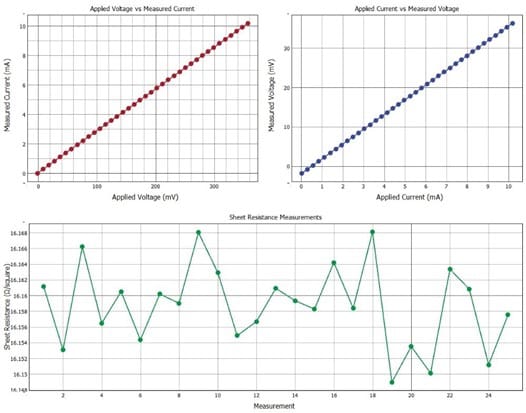4 Point Probe (4PP)

A Four Point Probe (“4PP”) is typically used to measure the sheet resistance of a conducting or semi-conducting material.
Strengths
- Relatively easy and inexpensive measurement
- Well-understood and standardized
Limitations
- Probes damage soft materials
- Can give anomalous results if probes are straddling grains boundaries in polycrystalline material

